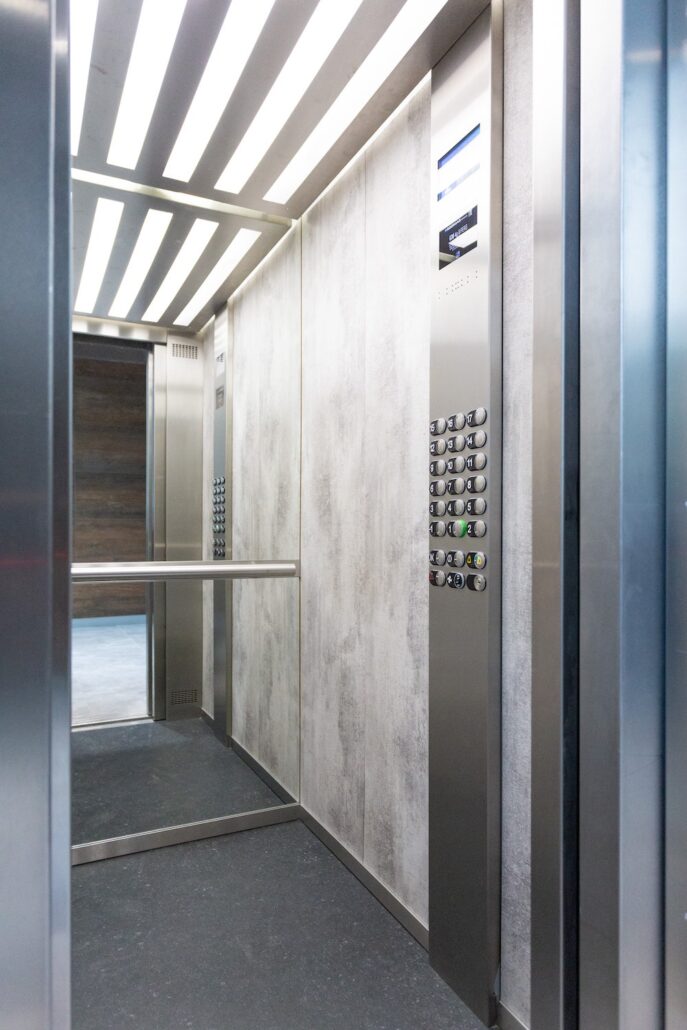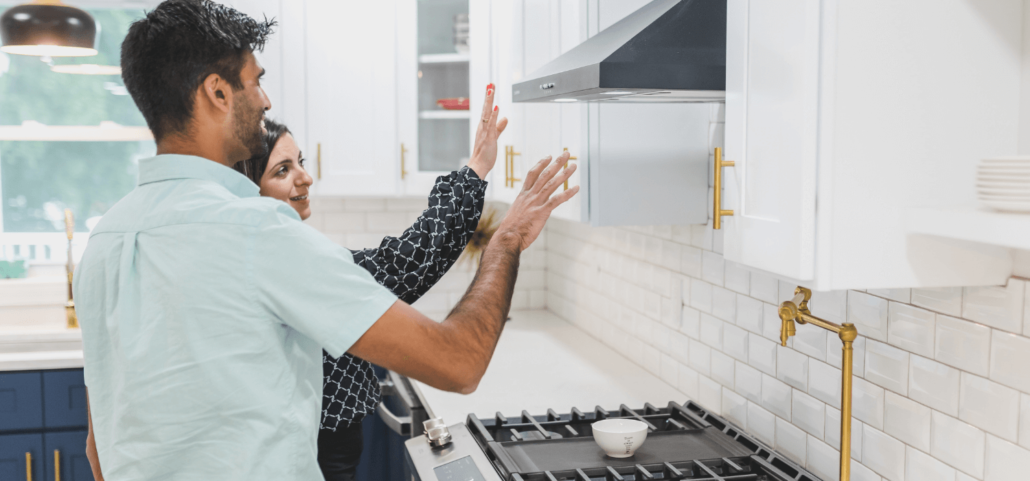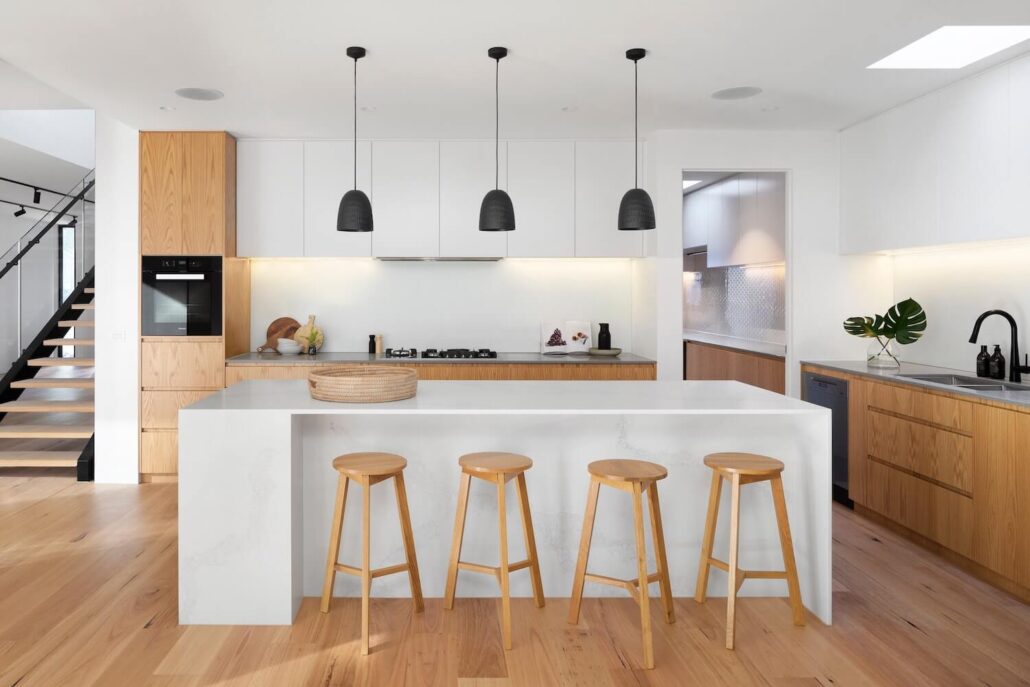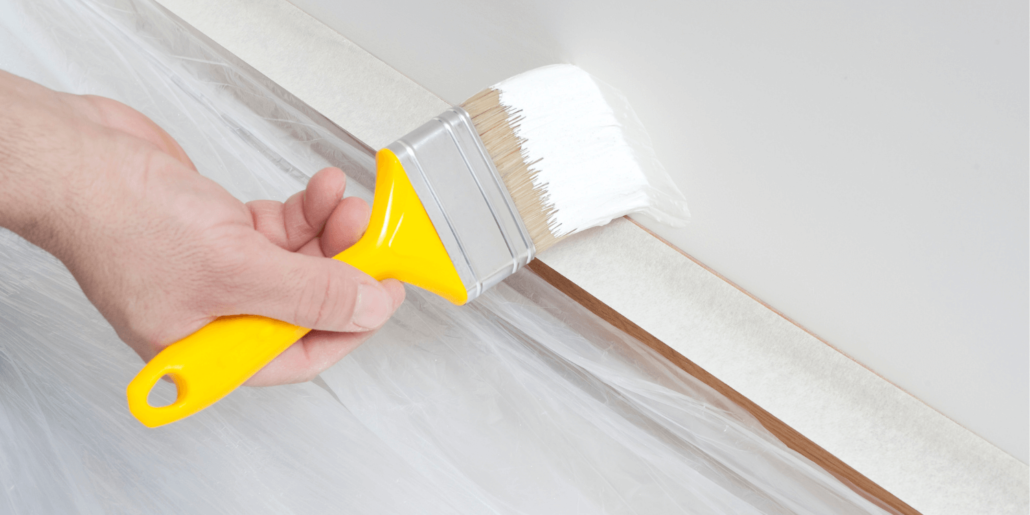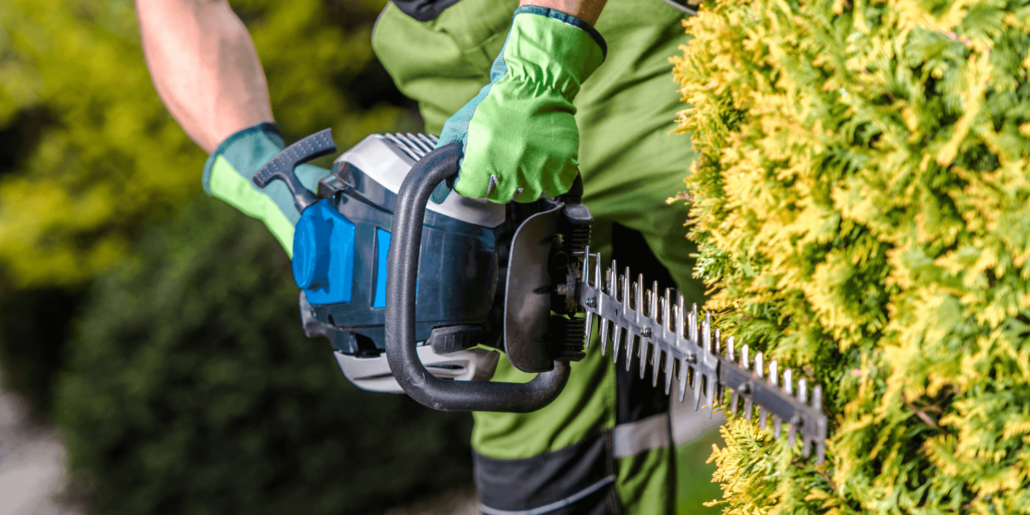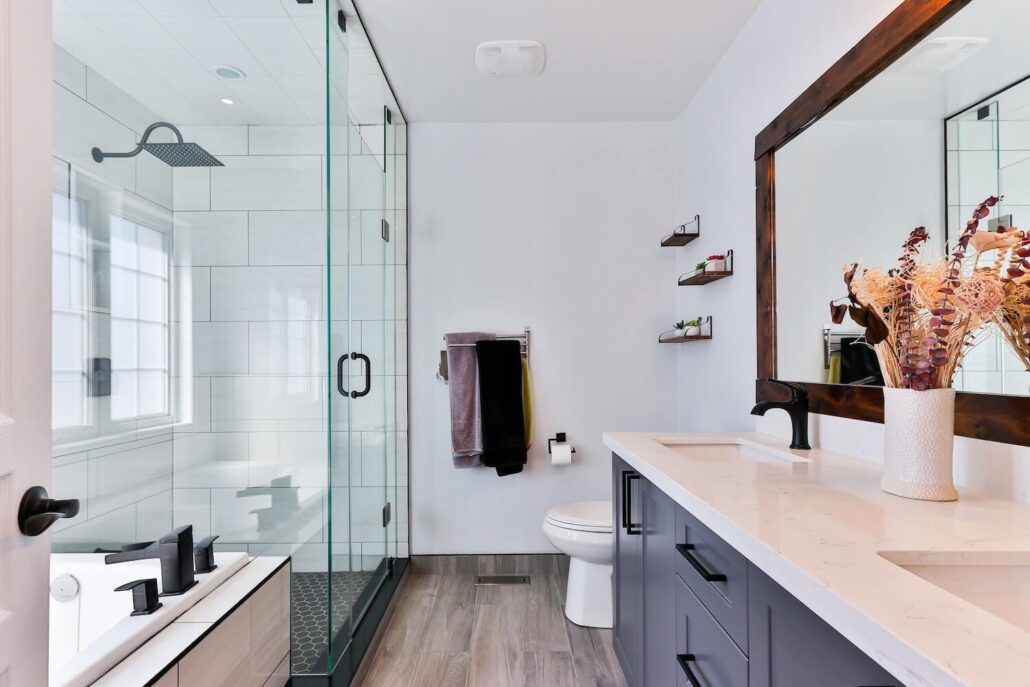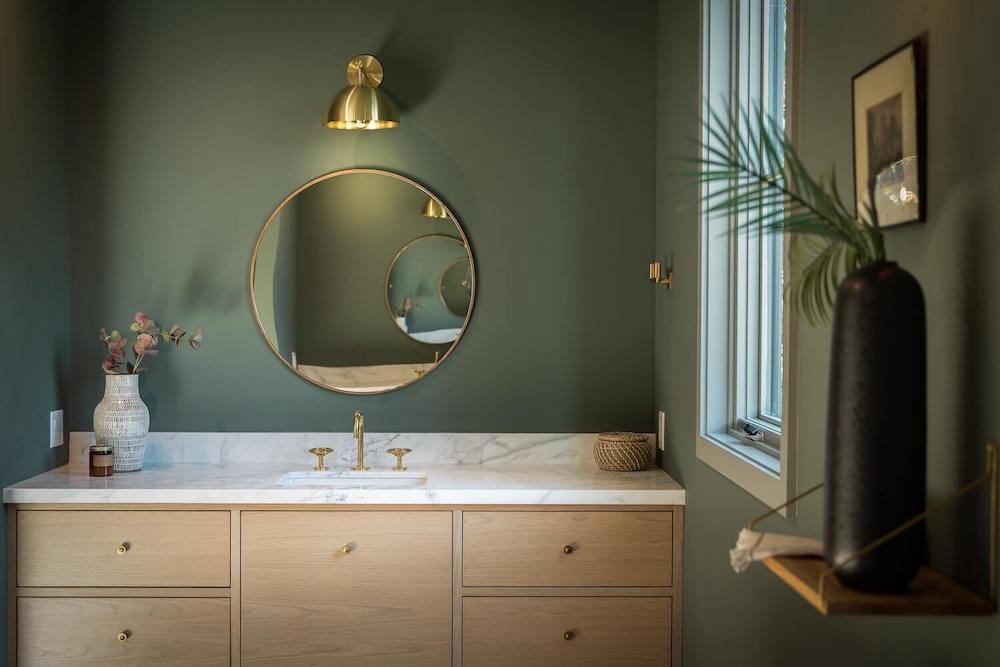Staging a Home for Sale: A Comprehensive Guide
Design is like a time capsule; it captures the aspirations of the moment and depicts change over time.
As a buyer, if you know what you’re looking for, you can see the history of San Francisco in its homes. Proper staging can make the history in these homes more relevant and enticing. As a property seller within the San Francisco area, staging your home will highlight the best features with decor and presentation.
Staging a home is designed to showcase a home’s best assets, impress buyers, and make the sale quickly for the highest possible price. But how exactly does an effectively-staged home entice buyers?
Staging allows buyers to imagine themselves and their families in the home. It helps to show off the home’s good features and conceals its flaws by turning negative space into usable space, by creating a mood, or by making the home look significantly appealing in photos for listings.
As in advertising, presentation is everything in real estate.
Staging your Home to Sell in the San Francisco Real Estate Market
Suppose you have a home located in San Francisco where staging is common practice. With this in mind, you should stage it in a manner that places it at a significant competitive advantage over other homes that offer unique designs.
Homes that look their best generate more excitement and more competition among the buyers in the market.
According to experts, the following are some of the aspects to consider:
Sight
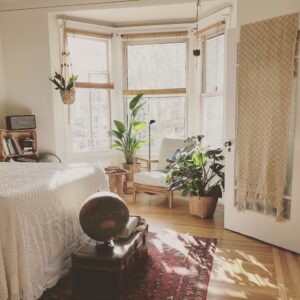
When staging your home in San Francisco, you should take steps that let in as much natural light as possible. Avoid blocking the windows with furniture and remove thick, heavy blinds and curtains. Make use of lamps with high wattage to effectively illuminate the spaces that do not receive much outdoor light.
Another effective trick to appeal to the buyer’s sight is to show them more of the room. For example, removing excess clutter and furniture can make your spaces feel larger.
When it comes to paint and decor, stick with the designs and colors that are neutral and punctuate the rooms with pops of color. This will leave more to the imagination, allowing the visitors to imagine their own vision of the space, instead of limiting them to your own creative vision.
Touch
Any physical discomfort can adversely affect a potential buyer’s perspective and mood. Therefore, you should ensure that your home provides a clean, cozy, and physically inviting environment. In addition, adjusting the thermostat to ensure a comfortable temperature throughout the house before the buyers arrive is highly recommended.
The surfaces within your home should be spotless; it is off-putting for your clients to discover dust and dirt on the table surfaces. When choosing fabrics and furniture, you should consider the texture and color coordination to create an enticing ambiance.
Sound
Depending on your location within the San Francisco area, ambient noise from the outside of your home can be either a liability or a blessing. For example, if you reside in the livelier neighborhoods in San Francisco, you will need to minimize street noise by ensuring that the windows are closed. Conversely, if your yard is alive with hummingbirds, you may want to consider leaving the windows open.
You can use soft music and ambient noise to create a mood and atmosphere for your home. Playing slow and soft classical music can provide the buyers with a comfortable atmosphere to contemplate your space. The most important thing is to keep it quiet, consistent, and simple, so that it doesn’t become a distraction to your buyers.
Smell
Few aspects will put off home buyers more quickly than a pungent smell. If you own rugs or carpets, you should have them steam-cleaned thoroughly before you start showcasing your home. Opening the windows to let in the fresh air will also help make the spaces appealing to your buyers.

You may even decide to bake cookies or light some scented candles to make the space more inviting for your buyers. While pleasant odors can be enticing, it is essential to keep your efforts simple and subtle. An overpowering smell, no matter how sweet, can derail the buyer’s focus and undermine the staging efforts.
Why is Home Staging important?
According to Mike Plotkowski, home staging is important because buyers want to see their future home as it will be when they have relocated, not when there is work that needs to be done. The actual cost of any real problem they encounter will result in a deduction in their offering. If they encounter a variety of such problems, they may avoid purchasing your home altogether.
When dealing with a significant transaction like selling your home, you may need to decide between a lower price or a longer marketing period. Relative to the amount of money and time involved, staging should be one of the main undertakings.
Potential buyers are not just looking for property; they are also looking for a way of fulfilling their dreams and improving their lifestyle. Staging helps them imagine these dreams and lifestyle. In addition, there is a strong correlation between time on the market and price reduction; the longer a home stays on the market, the more likely its price will be reduced.
According to a significant number of buyers’ agents, staging of the home positively affects a home’s value if the home is decorated to meet the buyer’s taste. This means a well decorated and staged house needs to be architecturally sound and designed to appeal to the largest number of potential buyers.
Sell Your Home Quick Today!
In conclusion, staging streamlines your home to create the impression of more space. It creates a buzz that brings in more and higher offers. To achieve the desired results, you will require design skills, energy, and time. Hiring a professional stager or working with an agent who knows how to stage a property will help you sell your home with ease.
Because the home will sell as fast as possible when professionally staged, it can save you months of holding expenses.
Looking to get the best value for your home and have a professional guide you through all the jumps and hoops? Mike Plotkowski is ready to offer you the guidance you need to stage and sell your home at a great price. Contact him today to find out more!





